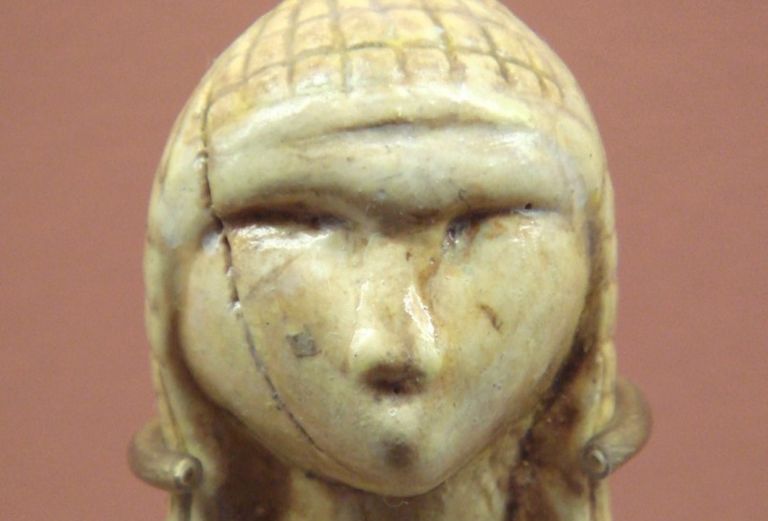Hair
Depictions of women with cornrows have been found in Stone Age paintings in the Tassili Plateau of the Sahara, dating as far back as 3000 B.C.
There are also Native American paintings as far back as 1,000 years showing cornrows as a hairstyle. This tradition of female styling in cornrows has remained popular throughout Africa, particularly in the Horn of Africa and West Africa.

The word ‘cornrows’ originated somewhere between the 16th and 19th century in colonial America and was named after the agricultural fields that many enslaved people worked in because they had a similar pattern.
During the period of the transatlantic traffic in enslaved Africans, many enslaved people were forced to shave their heads for sanitary purposes and also to break all connections to one’s past, history and culture. There were many who did not shave their heads and instead, they would braid their hair tightly in cornrows to maintain a neat and tidy appearance.
In the Caribbean, they are sometimes referred to as ‘canerows’ linking back to work in the sugar fields. Prior to this, the style was literally called ‘Kolese’ which means ‘a creature without legs’ in the Yoruba language.
The enslaved people wore cornrows as a simple way to wear their hair during the week, and they were also used as a way of communicating in code.
They were also used to hide gold fragments or seeds, in order to give the wearer some nourishment if ever they were able to escape. They also used the designs in their hair to create maps to help them navigate their way out of the plantations. This act of using hair as a tool for resistance is said to have been evident across South America.
It is most documented in Colombia where Benkos Bioho, a King captured from Africa by the Portuguese who escaped slavery, built San Basilio de Palenque, a village in Northern Colombia around the 17th century. Bioho created his own language as well as intelligence network and also came up with the idea to have women create maps and deliver messages through their cornrows.
